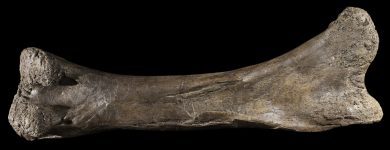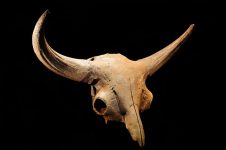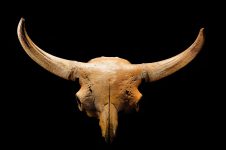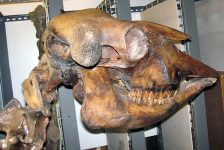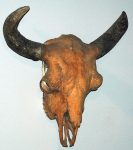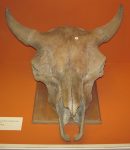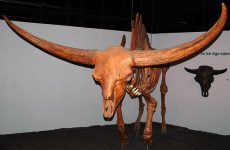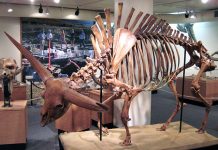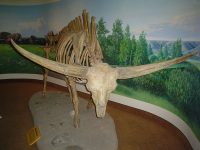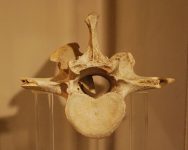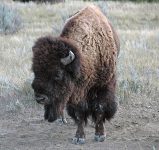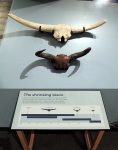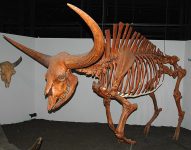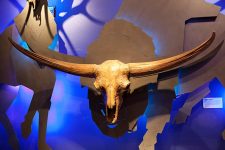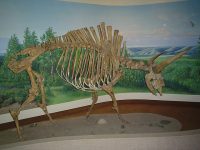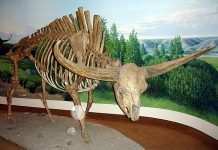Ice-Age Bison
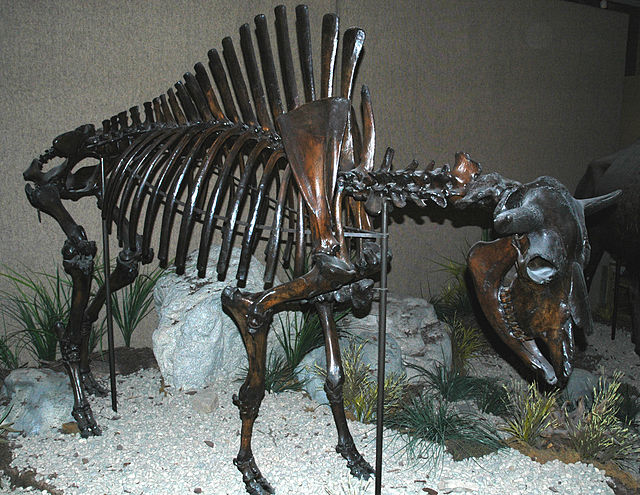
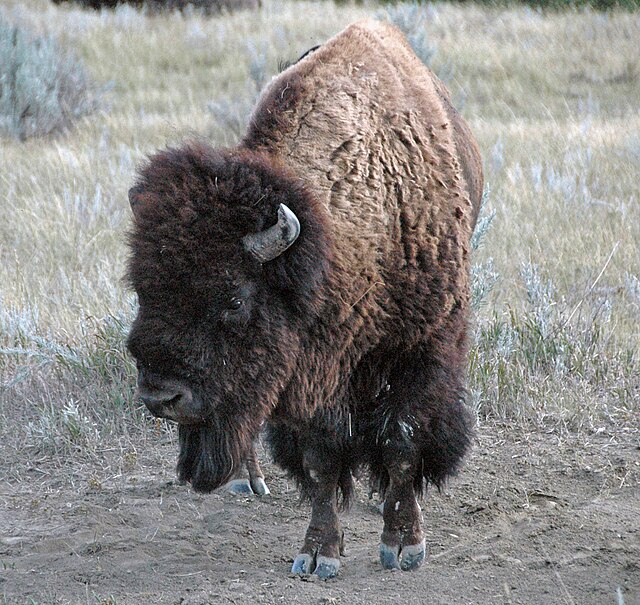
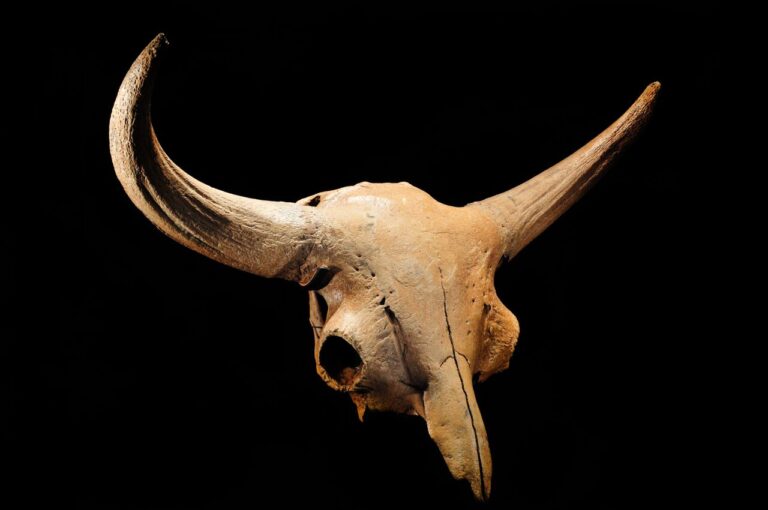
Ice-Age Bison
Ice Age bison, also known as steppe bison (Bison priscus), were majestic herbivores that roamed the grasslands of North America, Europe, and Asia during the Pleistocene epoch, roughly 2.6 million to 11,700 years ago. These massive mammals played a crucial role in shaping the ecosystems of their time and left an indelible mark on the landscape and the human cultures that interacted with them.
Evolutionary Origins
Ice Age bison were descendants of earlier forms that evolved in North America during the Pliocene epoch, around 2 to 5 million years ago. The steppe bison (Bison priscus) emerged as a distinct species during the Pleistocene, characterized by its larger size and distinctive horns, which curved outward and then inward at the tips.
Physical Characteristics
Ice Age bison were notable for their massive size, with males (bulls) reaching heights of up to 2 meters (6.6 feet) at the shoulder and weighing as much as 900 kilograms (2,000 pounds). They possessed large, curved horns that could span over a meter (3 feet) in length. These horns served both defensive and possibly social functions, influencing mating competitions and herd dynamics.
Their robust bodies were adapted for grazing on the tough grasses that dominated the expansive steppe landscapes of the Pleistocene. Ice Age bison had a humped back and powerful forequarters, which enabled them to efficiently graze and traverse long distances in search of food and water.
Ecological Impact
Ice Age bison were keystone species in the ecosystems they inhabited, playing a crucial role in shaping the vegetation and habitats of the Pleistocene grasslands. Their grazing activities helped maintain the open grasslands by preventing the encroachment of shrubs and trees. This grazing behavior not only influenced plant communities but also created habitats for other species, including predators and smaller herbivores that depended on the open terrain.
The presence of Ice Age bison also had significant impacts on nutrient cycling and soil composition. Their movements and grazing patterns redistributed nutrients across the landscape, enriching the soil and promoting the growth of grasses and other vegetation adapted to these nutrient-rich conditions.
Cultural Significance
Ice Age bison held immense cultural significance for early human populations, particularly during the Upper Paleolithic period (around 50,000 to 10,000 years ago). These animals were a vital resource for ancient hunter-gatherer societies, providing not only meat for food but also hides for clothing, bones for tools, and sinew for cordage. The hunting of bison was often depicted in prehistoric cave art found in places like Lascaux in France and Altamira in Spain, reflecting the importance of these animals in the spiritual and cultural lives of early humans.
Climate and Extinction
The decline of Ice Age bison coincided with the end of the Pleistocene epoch and the onset of the Holocene epoch around 11,700 years ago. Climate change, combined with the impacts of human hunting pressure and possibly disease, contributed to the extinction of many large mammals, including Ice Age bison. As the climate warmed and human populations expanded, the habitats that supported these massive herbivores underwent significant changes, leading to the gradual decline and eventual extinction of some bison species.
Legacy and Conservation
Although Ice Age bison are no longer roaming the Earth, their descendants, such as the American bison (Bison bison), continue to thrive in managed populations and conservation efforts. These modern bison serve as a living reminder of their Ice Age ancestors and play important ecological roles in grassland ecosystems today.
Studying Ice Age bison provides valuable insights into the dynamics of ancient ecosystems, the impacts of climate change, and the interactions between humans and large mammals throughout history. Their story underscores the interconnectedness of species and the importance of conservation efforts to protect biodiversity and preserve the legacy of these iconic creatures for future generations.
